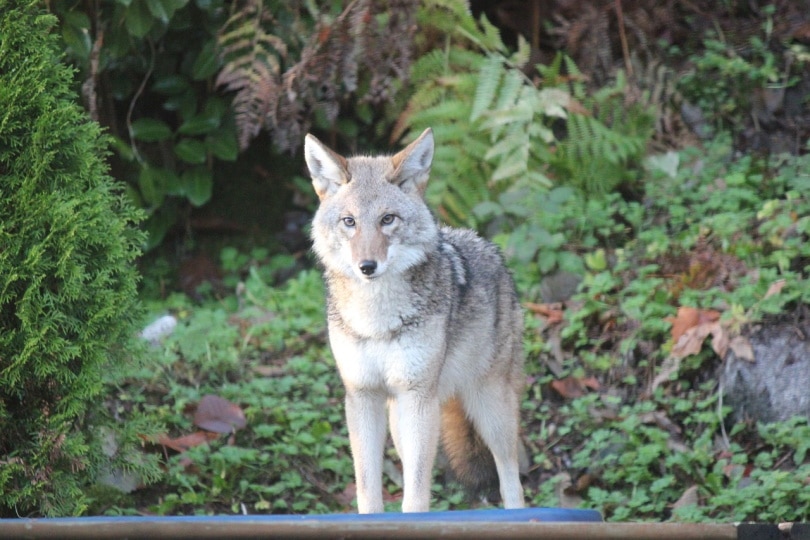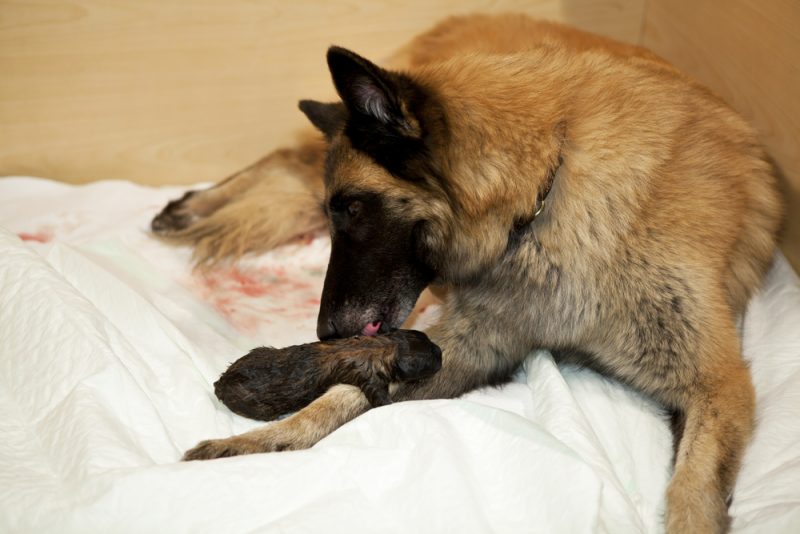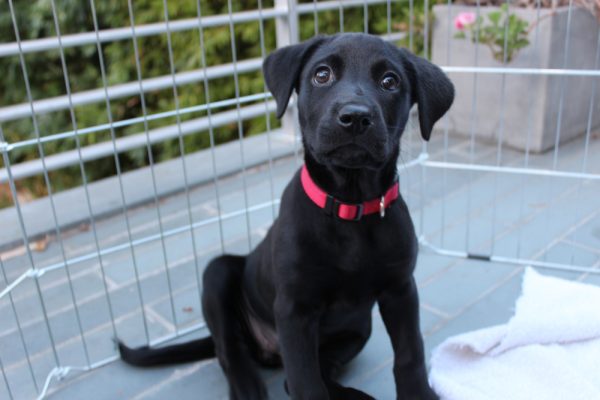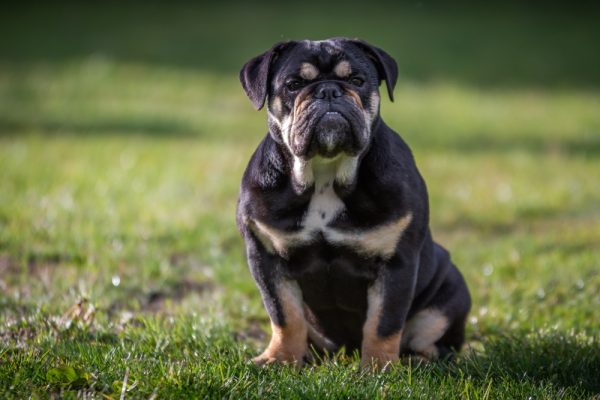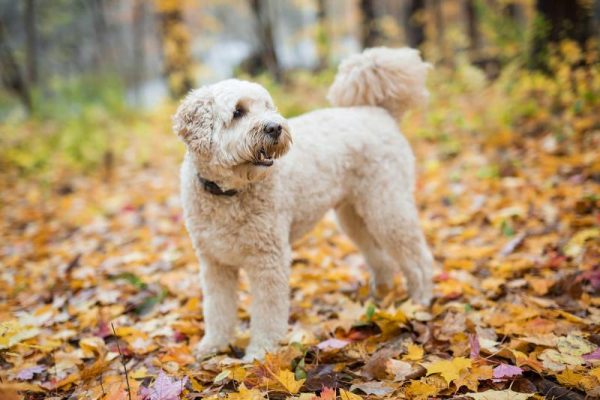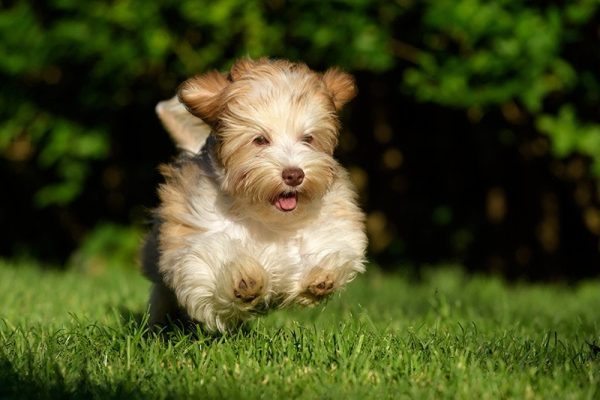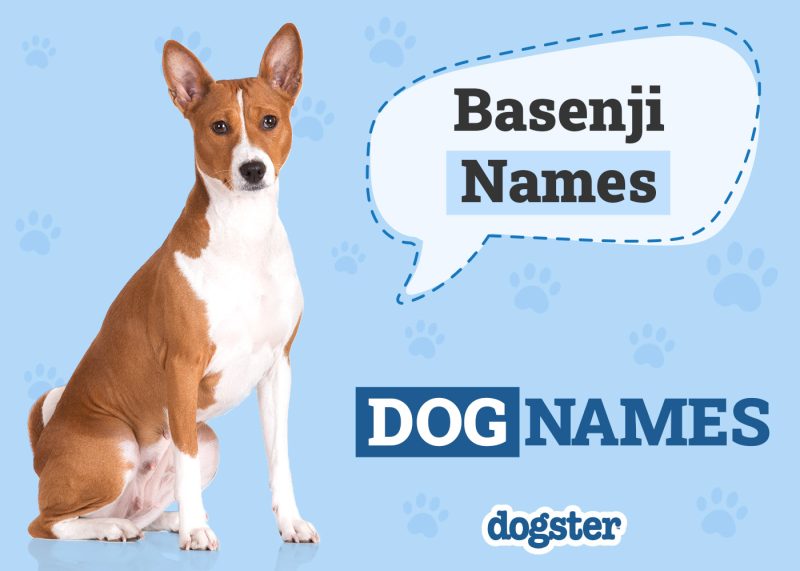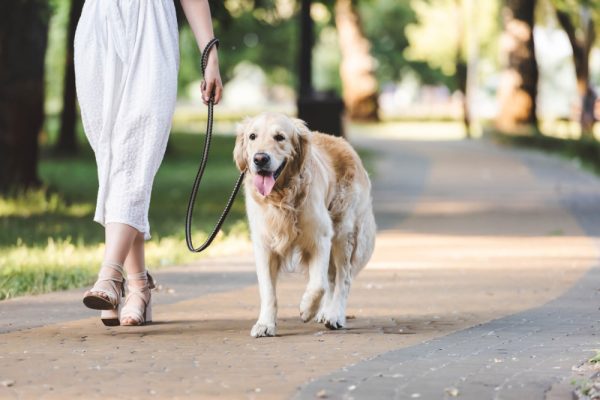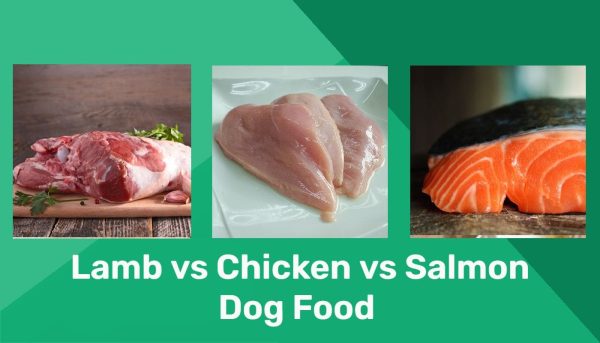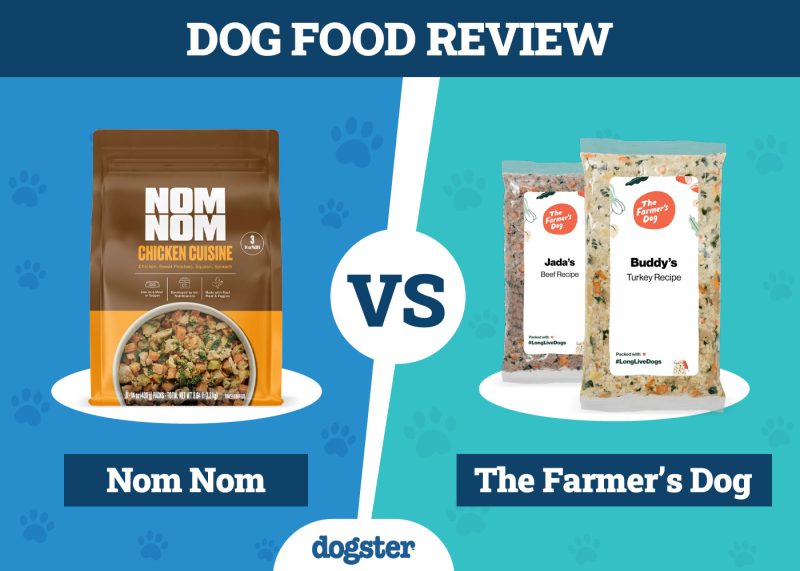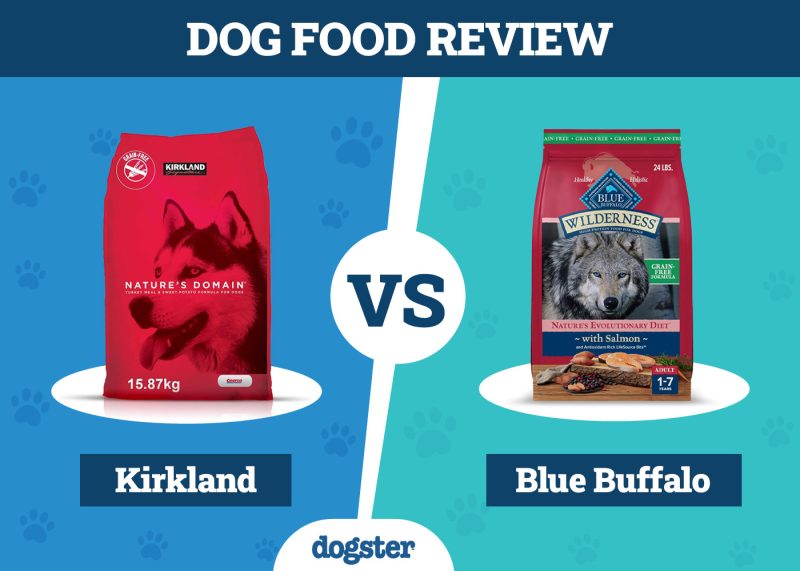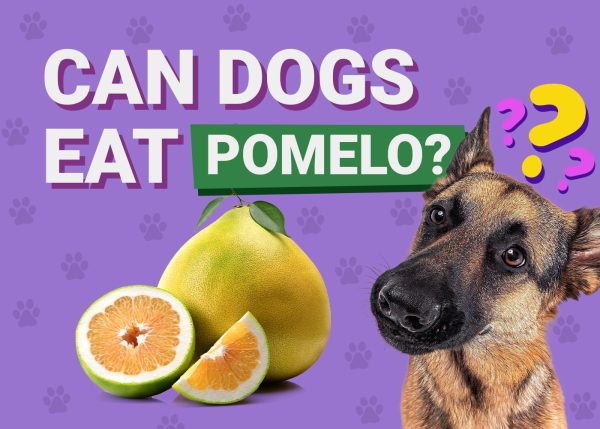To a casual observer, coyotes look like certain dog breeds, and while this does make sense because they are both canines, coyotes (Canis latrans) are wild canids found in North America. They are closely related to the gray wolf, but are notably smaller than them.
But what about their physical differences? Are coyotes bigger than dogs? The truth is that it depends on the dog breed and the coyote subspecies being compared. There is considerable size variance between dog breeds and even between coyote subspecies. Let’s look at a few comparison charts.

Coyote vs Dog: Which Is Bigger?
Small dog breeds like Miniature Poodles are obviously smaller than coyotes, but what about dogs like Rottweilers or Labrador Retrievers?
A comparison between a dog breed and a coyote would require knowing the size (or other metrics of interest) of both the dog and the coyote subspecies. Remarkably, there is a very high variance in the average weight of a coyote depending on the subspecies being studied.
The largest coyotes are thought to be those found primarily in East/Northeast North America– Canis latrans thamnos and Canis latrans frustor. These subspecies can reach weights of up to 40 lbs (18 kg). This makes them considerably larger than the smaller subspecies which reach an average weight of around 25 lbs (11.5 kg).
Here is a comparison chart of the larger coyote subspecies and a variety of dog breeds so you can get an idea of how they stack up to one another:
| Animal | Average Weight | Average Height |
| Coyote (all subspecies) | 25–40 pounds | 18–23 inches |
| Dachshund (standard) | 16–32 pounds | 8–9 inches |
| Greyhound | 60–70 pounds | 27–30 inches |
| Newfoundland | 100- 150 pounds | 25–28 inches |
| Standard Poodle | 40–70 pounds | 18–24 inches |
| Rottweiler | 80–135 pounds | 22–27 inches |
| English Setter | 45–80 pounds | 26–27 inches |
| American Water Spaniel | 25–45 pounds | 15–18 inches |
| Whippet | 25–40 pounds | 18 -22 inches |
| Finnish Spitz | 20–33 pounds | 15–20 inches |
Coyotes vs Other Animals: How Do They Compare?
This comparison chart has animals that are similar to coyotes, like wolves and foxes, as well as ones that are not, such as lions and tigers:
| Animal | Average Weight | Average Height |
| Coyote (all subspecies) | 25–40 pounds | 18–23 inches |
| Wolf | 50–180 pounds | 26–32 inches |
| Fox | 5–30 pounds | 9–12 inches |
| Lion | 250–420 pounds | 36–48 inches |
| Tiger | 140–700 pounds | 30–42 inches |
| Human | 100–180 pounds | 62–67 inches |
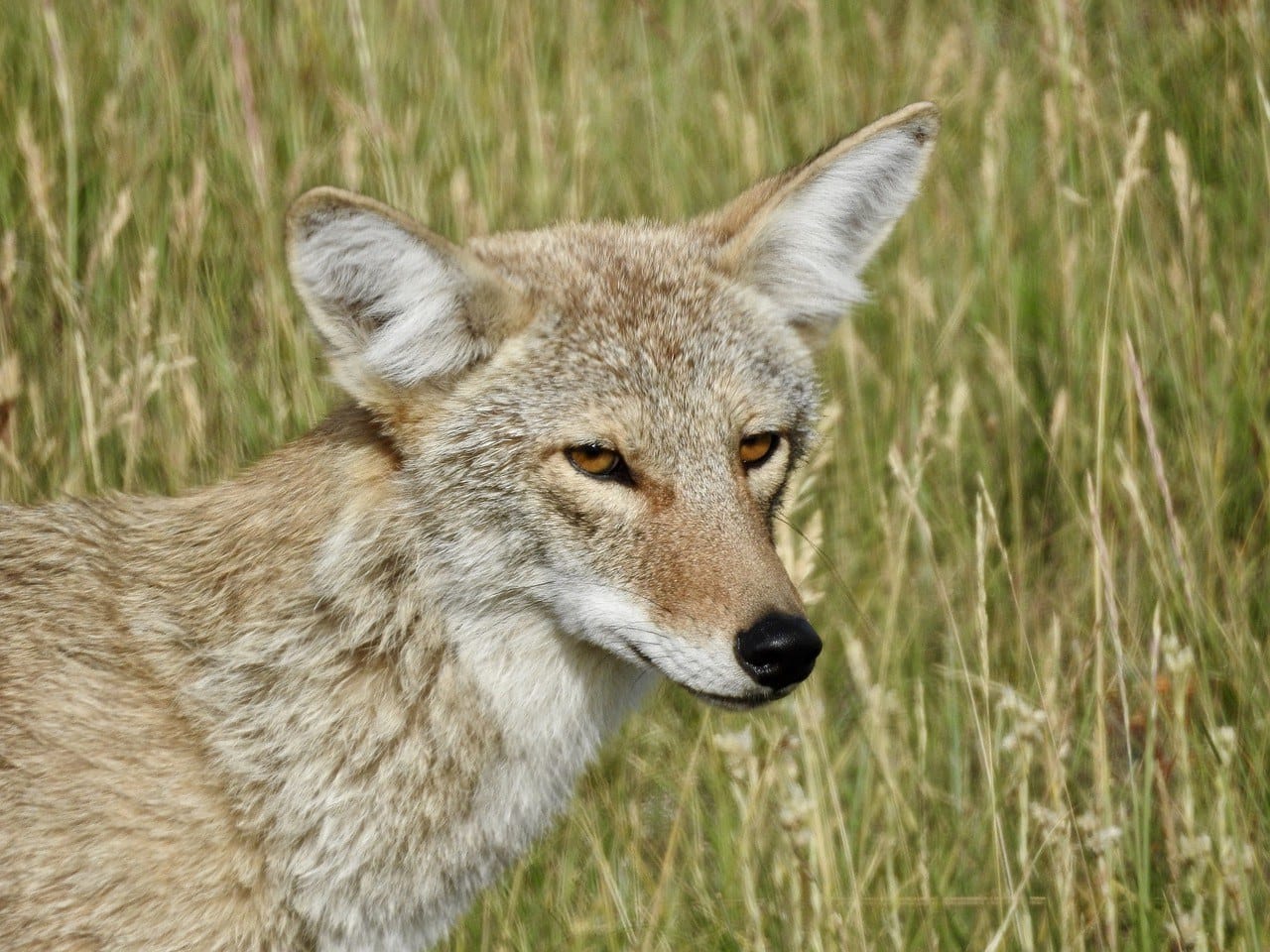

How Coyotes Differ From Dogs
There are various similarities between coyotes and dogs because they are both canines. They have the same basic diet and instincts and can even mate with one another. However, there are a few ways that they differ:
- Physical — Coyotes typically have snouts that are pointier than the snouts of dogs. Coyotes also have elongated and less round paws when compared to dogs – this helps one distinguish between dog tracks and coyote tracks.
- Teeth – Unlike dogs, the upper canines (long teeth often referred to as “fangs”) of coyotes extend past a structure in the jaw known as the mental foramina.
- Domestication – Unlike dogs, coyotes aren’t domesticated and as such, are less likely to approach a human (even if they roam around human settlements).
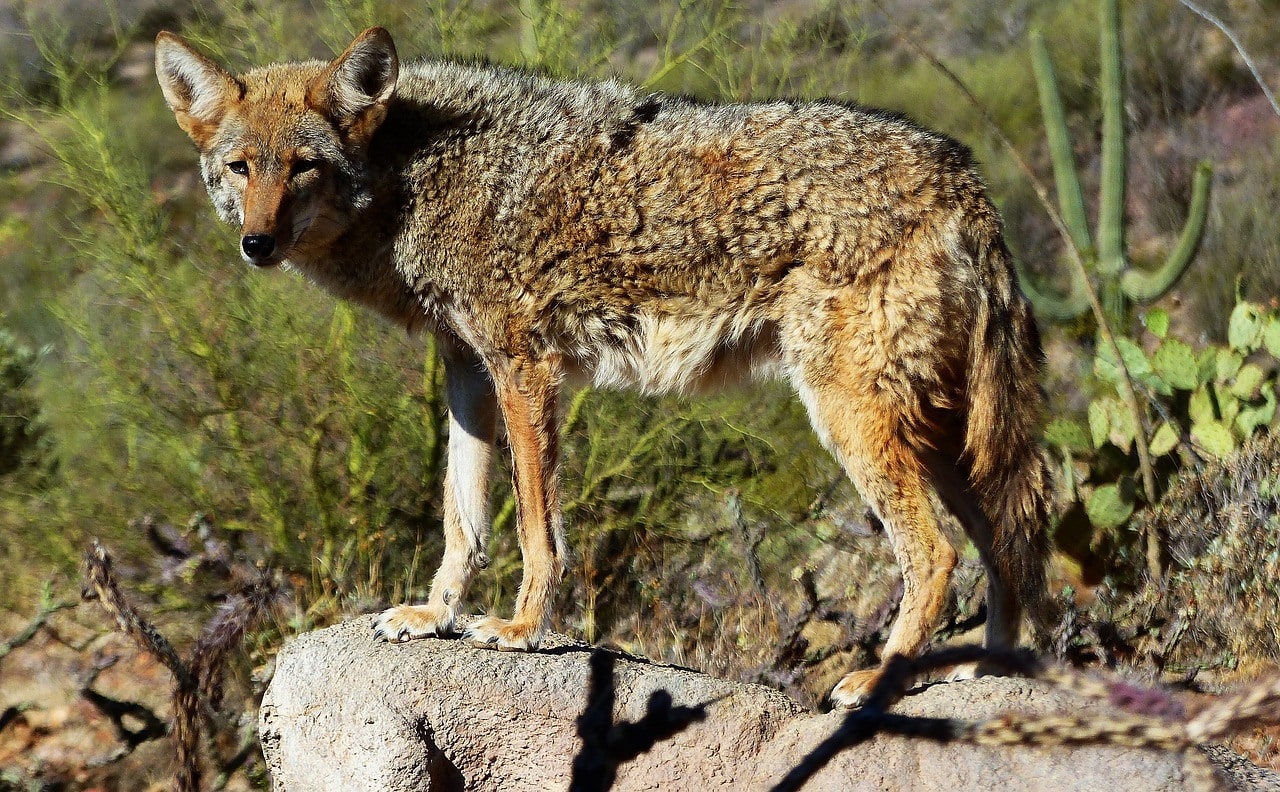

Conclusion
Coyotes are fascinating animals and hold their own when it comes to veracity, weight, and height. They are bigger than some dog breeds but smaller than others. One thing is for sure, though: They would be able to hold their own if they were to get into a tangle with a dog. Fortunately, coyotes like to keep to themselves in the wild.
See Also:
Featured Image Credit: MoniCh647, Pixabay

